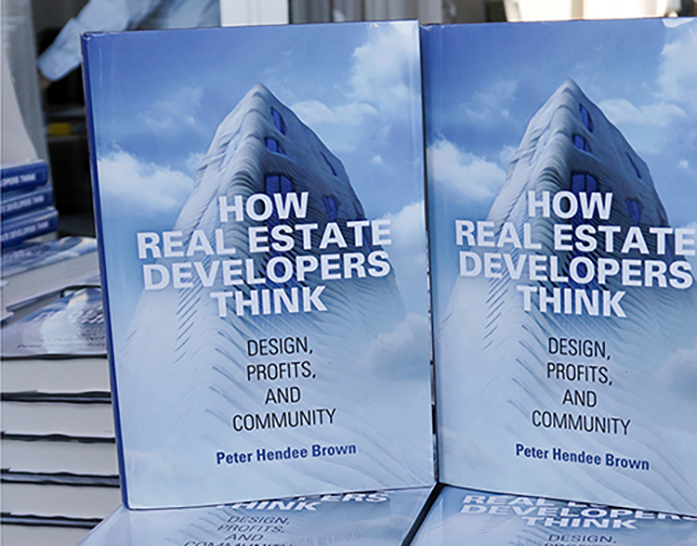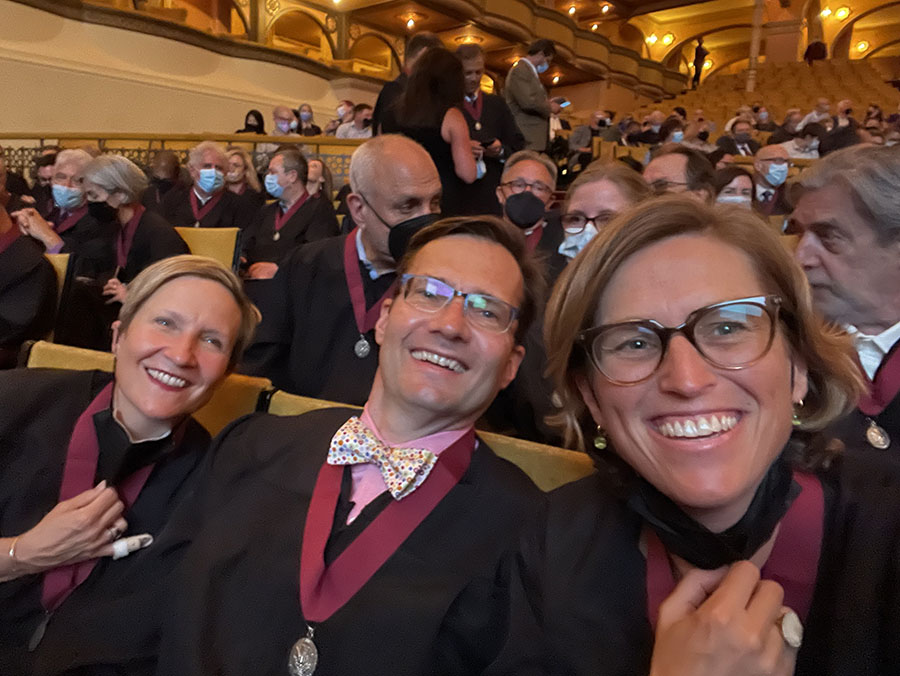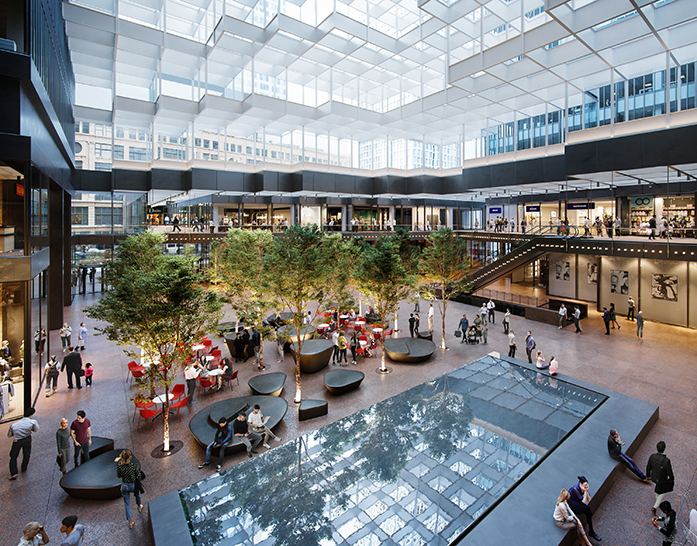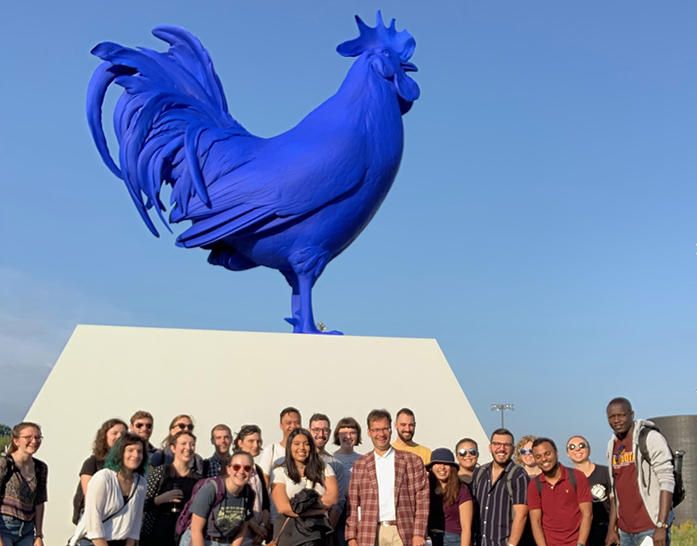WORDS
BOOKS
America’s Waterfront Revival:
Port Authorities and Urban Redevelopment
Peter Hendee Brown
The University of Pennsylvania Press, Philadelphia, 2009
How Real Estate Developers Think:
Design, Profits, and Community
Peter Hendee Brown
The University of Pennsylvania Press, Philadelphia, 2015
Penn Press book flyer w/promo code
"Brown’s skillful and well-documented book succeeds both as a work of scholarship and a provocative story.”
_____________________________________________________________
"Highly recommended."
_____________________________________________________________
“America's Waterfront Revival is a well-written, well-edited and well-illustrated discussion of redevelopment concepts, strategies and cases. “
_____________________________________________________________
“Overall, I found Brown’s book to be one of the most interesting windows I have found in the planning literature for understanding how public authorities evolve over time and how their powers and ability to perform are impacted by legislation, board composition, political independence, labor unions, economic trends, and increasing diversity of their city’s constituents."
“As a real estate developer, I not only thoroughly enjoyed the book, but I also learned quite a lot about other cities, projects, and real estate developers.”
_____________________________________________________________
“I think Peter Brown’s book is grand. The topic is fresh, and his approach to it is superb.”
_____________________________________________________________
“I've been recommending this book to fellow developers, architects, and anyone who cares about the built environment. It is full of great stories, profiles, and gives insight into our world to those who aspire to develop or want to understand how we think.”
_____________________________________________________________
“An academic's guilty beach read!”
_____________________________________________________________
“Wonderful book. I have shared several copies with my co-workers
and clients.
IDEAS
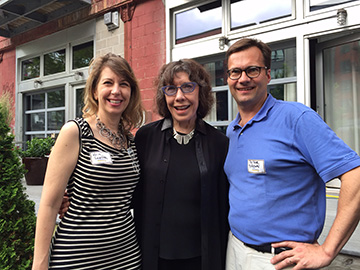
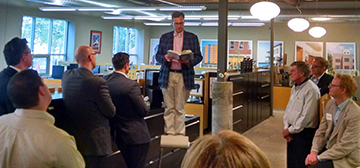
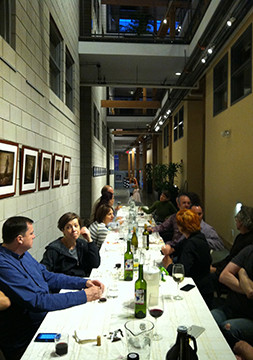
PLACES
4th and Park
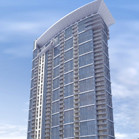
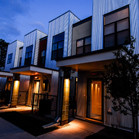



OVER
180
AMAZON
REVIEWS,
NEARLY ALL
5 STARS!
CHAPTERS
“Ports and Waterfronts”
by Peter Hendee Brown and Peter V. Hall
in Infrastructure Planning and Finance
Elmer and Liegland, editors, Routledge, 2013
“The Diversified Waterfront and the New Port Authority”
by Peter Hendee Brown
in The Port City of the XXI Century
Bruttomesso and Alemany, editors, Venice: RETE, 2011
BOOK REVIEWS
“The Delaware River
Port Authority”
by Peter Hendee Brown
in The Encyclopedia of Greater Philadelphia
Mires, Gillette, and Miller, editors, 2013
"Actor Perceptions of Good Design for Real Estate Development,”
by Peter Hendee Brown in Routledge Companion to Real Estate, Squires, Heurkens, and Peiser, editors, Routledge, 2017
Invest in the Public Realm
Peter Hendee Brown, Urban Development Consultant, Lecturer, Humphrey School of Public Affairs, University of Minnesota, Penn IUR Scholar
The flight to the city is on, and to enhance both productivity and quality of life in our cities, we must invest in our urban public realm. Many of the 75 million members of the millennial generation are abandoning their suburban upbringings and demanding a new urban lifestyle, complete with new real estate product types for living, working, and playing, all with an emphasis on shared social spaces — inside and out. Many of their parents — the 74 million baby boomers — are demanding similar things. Together, these two cohorts represent nearly half of our population and they will reshape our cities in powerful ways.
Cities will need to reinvest in older parks, plazas and streets, but they will also need to provide new public spaces in developing areas that never had them — waterfronts, industrial sites, rail yards, and acres of surface parking. As important will be the re-envisioning of the public right-of-way — the street — as a place that accommodates not just cars but multiple transportation modes including cars, buses, rail, and bicycles, all integrated into a pedestrian-friendly and green environment.The greening of city streets will become critical for the creation of lush and livable places while also producing social, economic, and environmental benefits.
Perhaps most important, the work of improving our public realm will require commitment to multi-disciplinary collaboration and broad and genuine stakeholder engagement processes at an entirely new level. Complicated public realm projects will require a form of project team leadership that looks more like representative democracy than a single design visionary. Facilitating this process — and successfully building this new public realm — will require uniquely skilled and open-minded planners and designers who can help us envision a better way to live together in our cities.
For the complete Penn IUR article
Renowned Architect Peter Brown Inspires Students with High-Profile Project Expertise
University of Minnesota
Humphrey School News
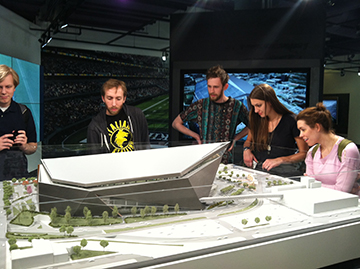
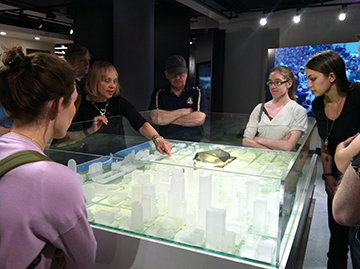


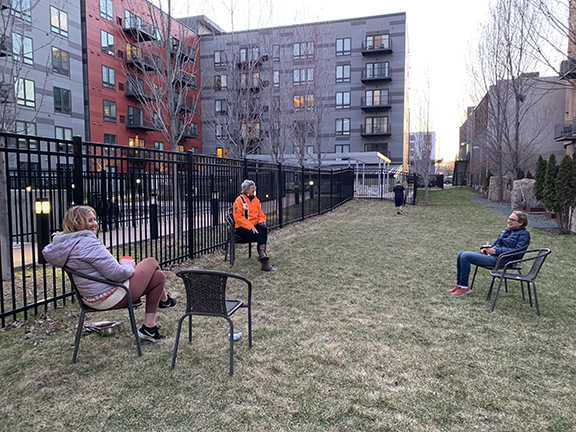

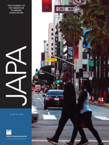
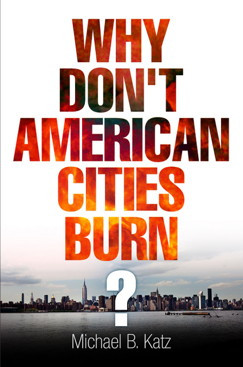
Why Don’t American Cities Burn?
Michael B. Katz
The University of Pennsylvania Press,
Philadelphia, 2011
Journal of the American Planning Association (JAPA)
Member, Editorial Board, 2019–2024
Portland's Good Life: Sustainability and Hope in
an American City
R. Bruce Stephenson
Lexington Books, Lanham, MD, 2021

The Heart of the City: Creating Vibrant Downtowns for a New Century
Alexander Garvin
Island Press, Washington, D.C. 2019
Reviewed in:
Journal of the American Planning Association (JAPA)
Spring 2020, 86(2)
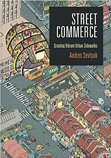
Street Commerce: Creating Vibrant Urban Sidewalks
Andres Sevtsuk
The University of Pennsylvania Press, Philadelphia
2020
Port Cities: Dynamic Landscapes and Global Networks
Carola Hein, editor
Routledge, London, 2011
Reviewed in:
Journal of the American Planning Association
(JAPA)
Spring 2012, 78(2)
Megaprojects and Risk:
An Anatomy of Ambition
Bent Flyvbjerg, Nils Bruzelius, and Werner Rothengatter
Cambridge University
Press, Cambridge, UK,
2003.
Reviewed in:
Economic Development Quarterly (EDQ)
2005, 19(4)
Fluid City: Transforming Melbourne’s Urban Waterfront
Kim Dovey with Leonie Sandercock, Quentin Stevens,
Ian Woodcock, and Stephen Wood
Routledge, New York, 2004
Reviewed in:
Economic Development
Quarterly (EDQ)
2005, 25: 340
Floodplain Management: A
New Approach for a New Era
Bob Freitag, Susan Bolton,
Frank Westerlund, and
J. L. S.Clark
Island Press, Washington, DC, 2009
Reviewed in:
Journal of Planning and
Economic Research (JPER)
2010, 29(4)
TEACHING
I began teaching architectural drawing as an adjunct instructor at Drexel University in Philadelphia in 1989 and I have been teaching ever since. As an instructor at the University of Minnesota’s Humphrey School (2008–present) and at the College of Design (2005–2006), I have taught Private Sector Development, Planning Capstone Workshop, Planning and Design for the Urban Public Realm, and Urban Design. I currently serve as a Visiting Professor of Practice at the Humphrey School, where I also organize a speaker series oriented towards planning students.
Over the course of my teaching career, I have taught and mentored over 600 students of planning, public policy, architecture, landscape architecture, historic preservation, and business, and I continue to enjoy seeing and working with many of my former students — now colleagues and friends — in my professional activities in the Twin Cities.
The famous Cambridge mathematician and philosopher Alfred North Whitehead believed that there was a three-stage “cycle of learning” that begins with “romance,” an interest in the subject; then leads to “precision,” learning the techniques and methods required to understand the subject; and ends with “generalization” and applying what has been learned to other areas. I endeavor to bring the spirit of Whitehead’s cycle of learning to all of my teaching.

MURP Speakers Series
MURP Speaker Series Posters (PDF)
Private Sector Development — PA 5221 (2008–Present)
The course provides students with a framework that integrates theory and practice into a developer’s-eye-view of urban real estate development. Students will gain an understanding of the development process, real estate markets and products, the project cycle, and the developer’s motivations and decision-making process. See the syllabus
for more information.


Planning and Design for the Urban Public Realm — PA 5290 (2018–2021)
The course integrates theory and practice into a framework for understanding the implementation of urban public realm projects — from inception through construction, start-up, and ongoing operations. Students will learn how planning, design, finance, and politics must be integrated into a single overarching vision if a project is to be successfully completed. See the syllabus and Student Ratings of Instructor (SRTs) for more information.
SPEAKING AND SERVICE
MY BACKYARD
Planning Capstone Workshop
The course provides students with a framework that integrates theory and practice into a developer’s-eye-view of urban real estate development. Students will gain an understanding of the development process, real estate markets and products, the project cycle, and the developer’s motivations and decision-making process. See the syllabus
for more information.
